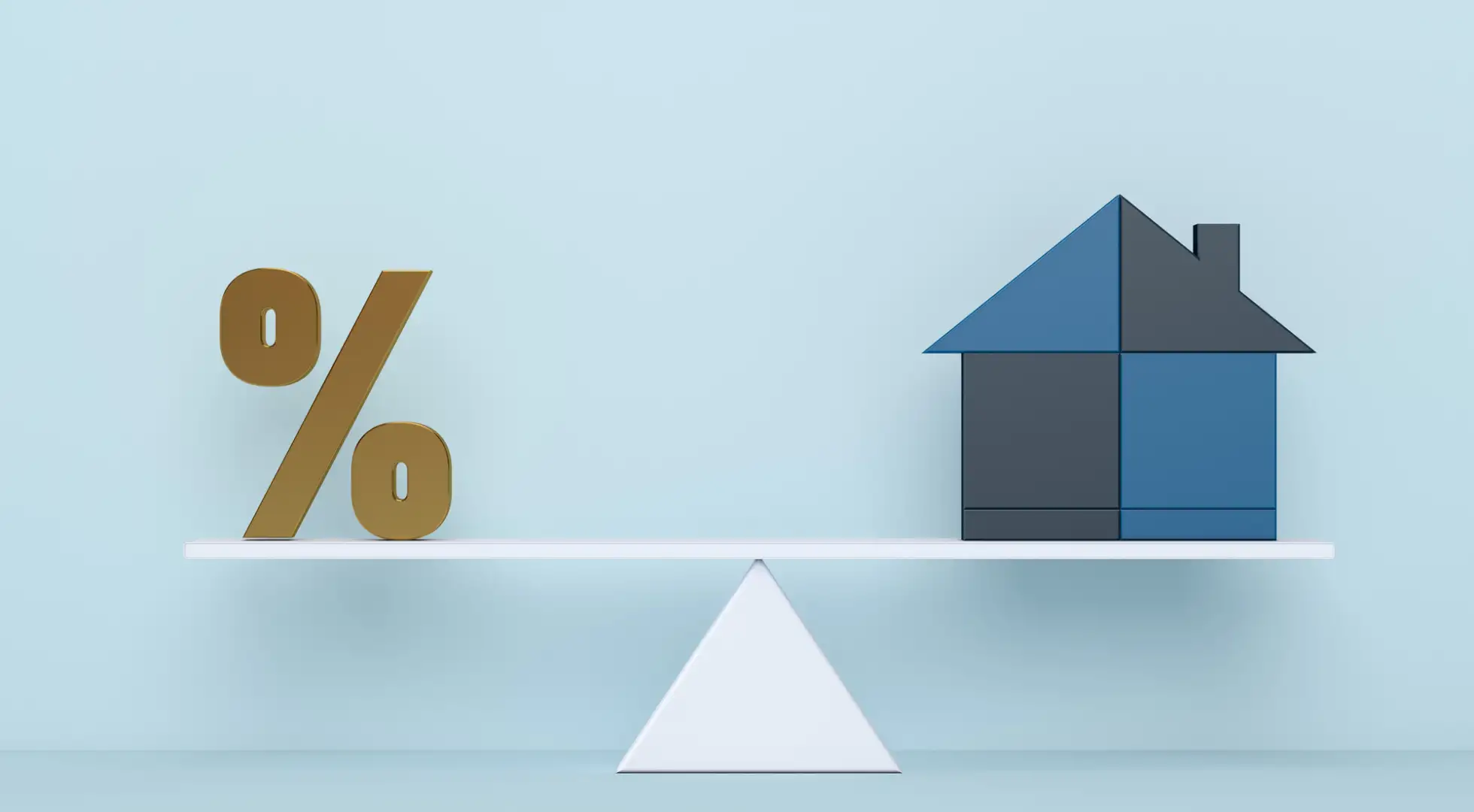
The housing market is stalled. Is it harming American prosperity? Experts think so.
Are Americans Stuck in Place?
Earlier this month, the Journal published a story, "Nobody’s Buying Homes, Nobody’s Switching Jobs—and America’s Mobility Is Stalling." It began:
"Americans are stuck in place. People are moving to new homes and new cities at around the lowest rate on record. Companies have fewer roles for entry-level workers trying to launch their lives. Workers who do have jobs are hanging on to them. Economists worry the phenomenon is putting some of the country’s trademark dynamism at risk."
As recently as the 1950s and '60s, one-in-five Americans would move homes each year, says the Journal. And workers being able to easily move to where the jobs were likely contributed to rapid economic growth.
"Driven by growing consumer demand, as well as the continuing expansion of the military-industrial complex as the Cold War ramped up, the United States reached new heights of prosperity in the years after World War II," says History.com. "Gross national product (GNP), which measured all goods and services produced, skyrocketed to $300 billion by 1950, compared to just $200 billion in 1940. By 1960, it had topped $500 billion, firmly establishing the United States as the richest and most powerful nation in the world."
How Does Geographical Immobility Affect the Economy?
The Journal fears that geographical immobility from a stagnant housing market is harming American prosperity: "This immobility has economic consequences for everyone. The frozen housing market means growing families can’t upgrade, empty-nesters can’t downsize and first-time buyers are all but locked out. When people can’t move for a job offer, or to a city with better job opportunities, they often earn less. When companies can’t hire people who currently live in, say, a different state, corporate productivity and profits can suffer."
What's blocking growing families, empty-nesters and first-time buyers? Well, many existing homeowners locked in mortgage rates at or near record lows in the early 2020s. And getting a new mortgage when they move will mean their monthly payments will rocket. So, they choose to stay put.
Is Today’s Housing Market Harming American Prosperity?
We know the Journal's view: Yes, today's housing market harms prosperity. But do the data bear that out? Again, the answer is in the affirmative.
Last week, Redfin published a report that found:
- "The typical home that went under contract in July sat on the market for 43 days — the longest July span since 2015 — as pending sales hit a two-year low.
- "Some sellers are reacting by, well, not selling; active listings posted the largest monthly drop since 2023."
Redfin says, "Homes are taking longer to sell because demand is shrinking due to high homebuying costs and economic uncertainty."
Are There Signs of an Improving Home Market?
There are definite signs of improvement in the housing market. But they're fairly small and are yet to have much impact.
Let's look at the two drivers of shrinking demand that Redfin identified:
- High homebuying costs — Mortgage rates fell appreciably last Friday. But they're still elevated at around 6.5% for a 30-year, fixed-rate mortgage, much higher than just a few years ago. Still, many experts expect them to fall further. For example, Fannie Mae forecasts a 6.1% rate by the end of 2026. If the president gets his way, they'll be much lower than that by then.
- Economic uncertainty — It's been a year of extraordinary uncertainty for the economy, investors and consumers. And still nobody is sure how tariffs, ballooning deficits and mass deportations will affect our prosperity. However, their impacts should grow clearer in the coming months and — absent disastrous outcomes — some greater certainties should help.
Already, there are signs of improvement in some housing data:
- Housing starts and housing completions (new home construction begun and finished) shot up in July, according to the Census Bureau. Respectively, they were 14.7% and 13.5% higher than in June. That boosts the supply of homes, easing ever-rising demand.
- Existing home sales inched up by 2% in July compared with June, according to the National Association of Realtors® (NAR), prompting its chief economist to remark, "The ever-so-slight improvement in housing affordability is inching up home sales. Wage growth is now comfortably outpacing home price growth, and buyers have more choices."
- In July, home listings were at their highest since the 2020 lockdown and up 15.7% compared with the same time a year earlier, reports the NAR. “Home buyers are in the best position in more than five years to find the right home and negotiate for a better price,” says Lawrence Yun, NAR’s chief economist.
- "Home price growth reached its lowest point in over a decade last month, according to preliminary data by nonpartisan libertarian think tank American Enterprise Institute (AEI)," reports Newsweek this morning.





